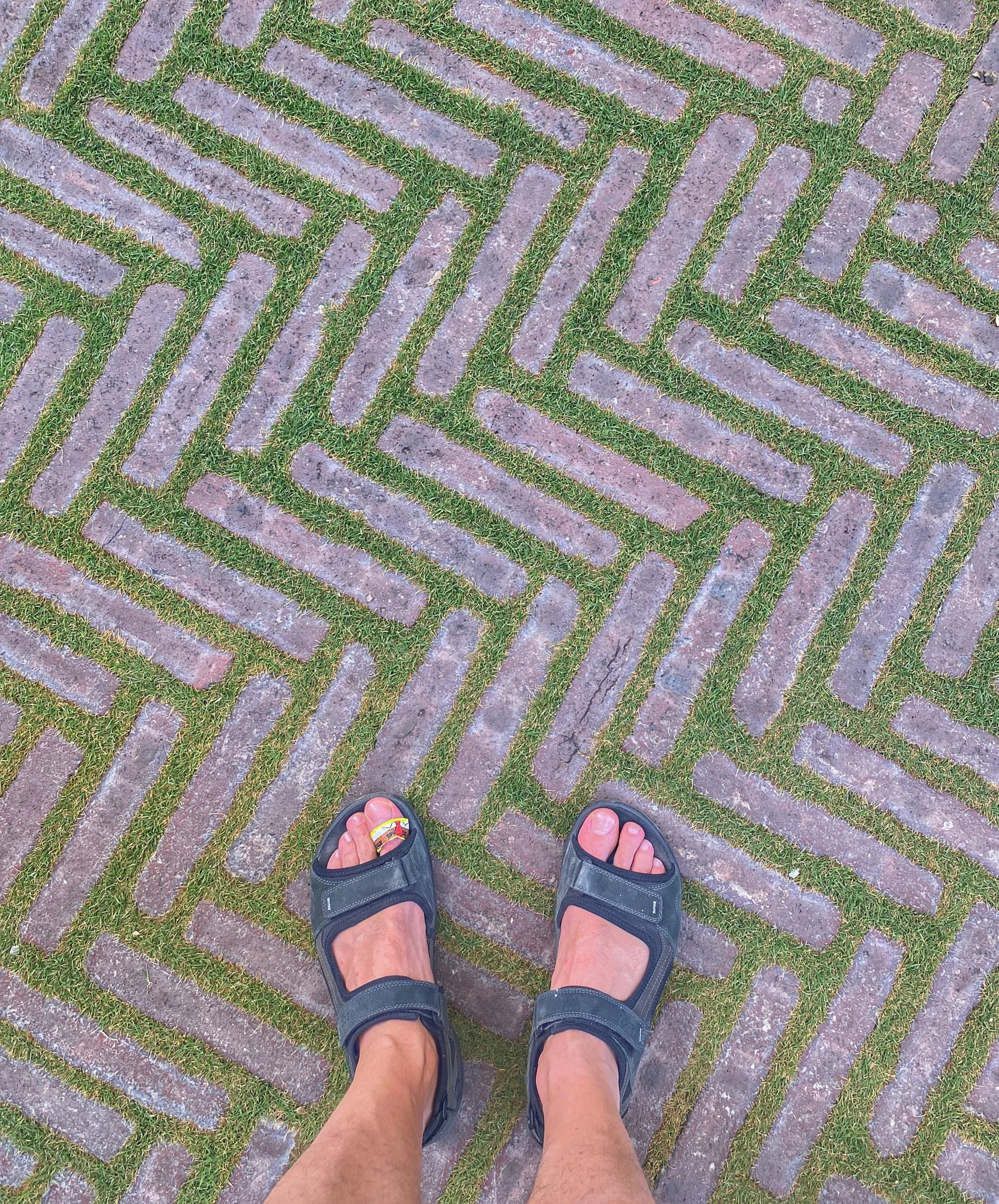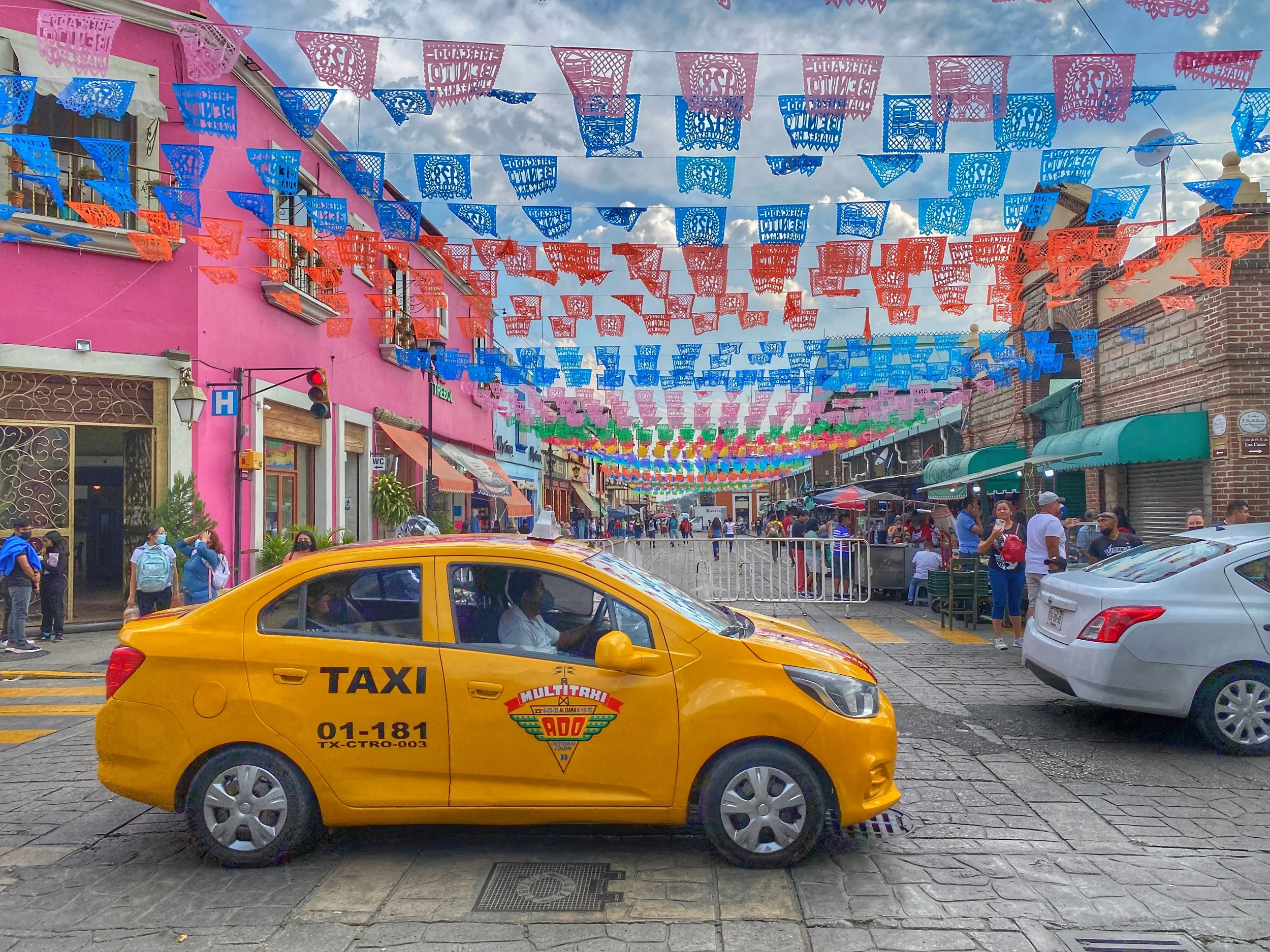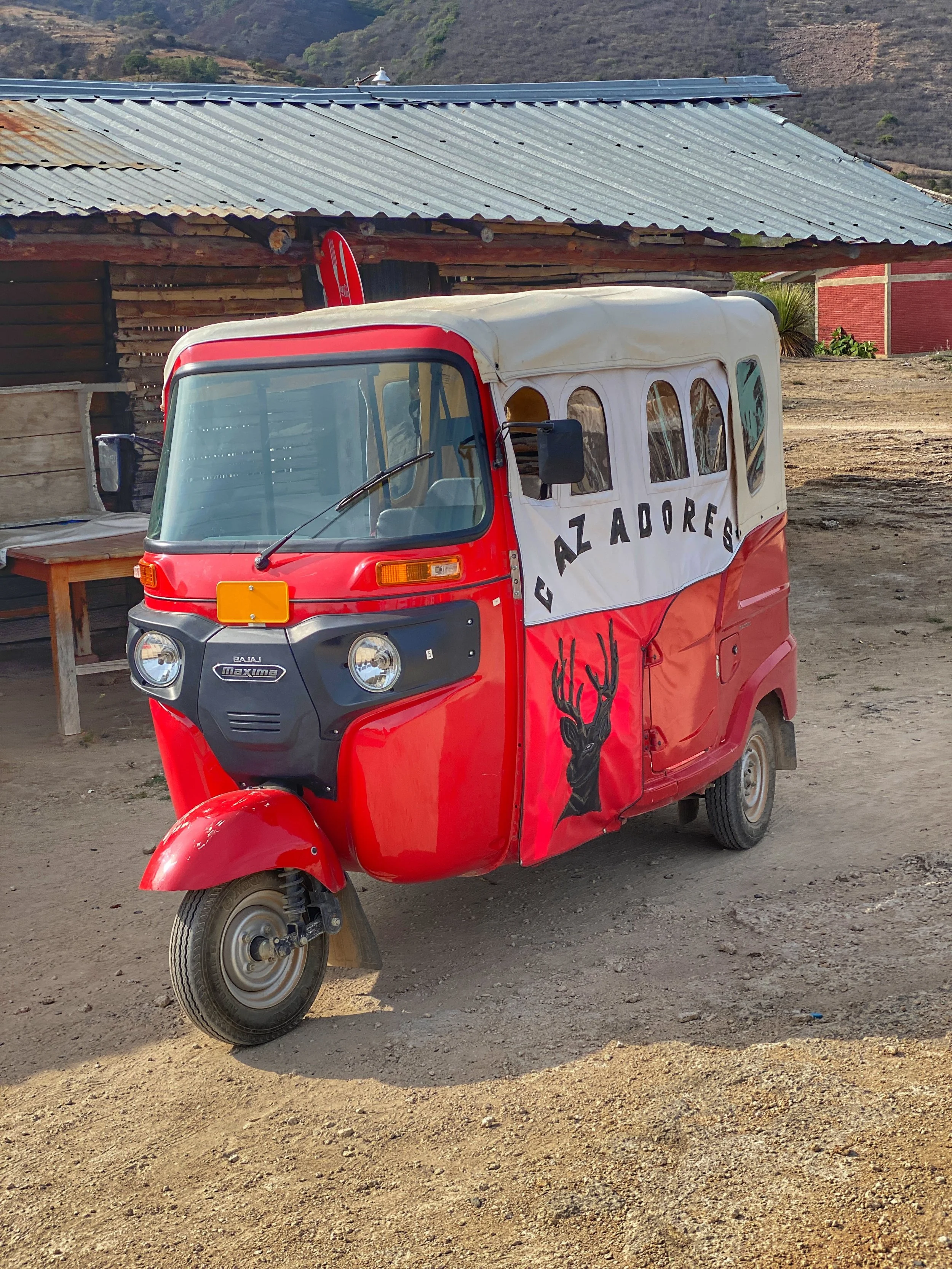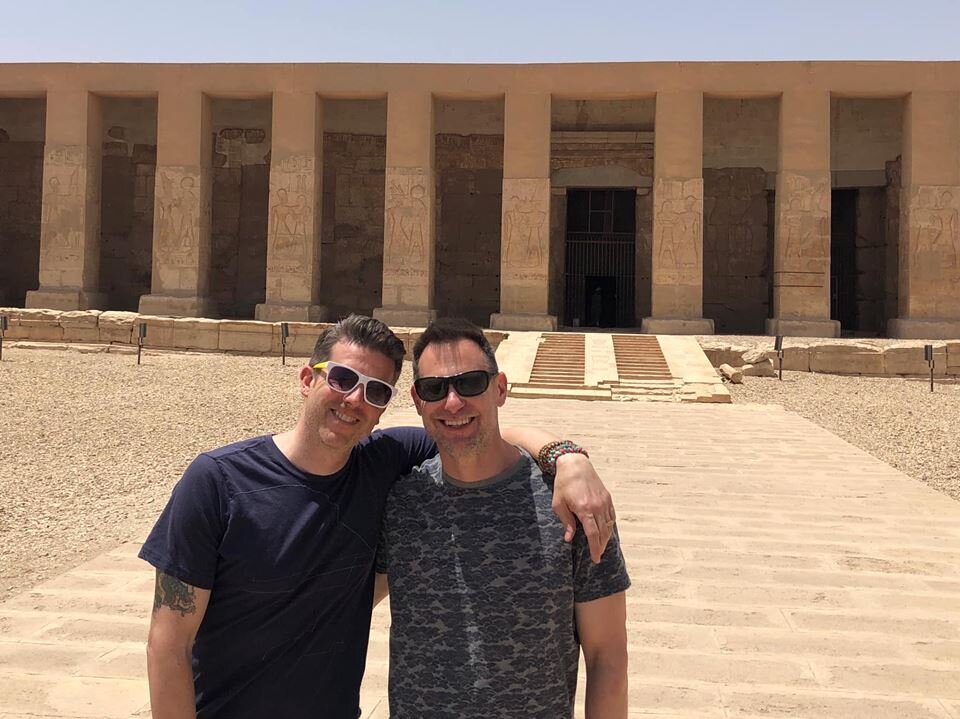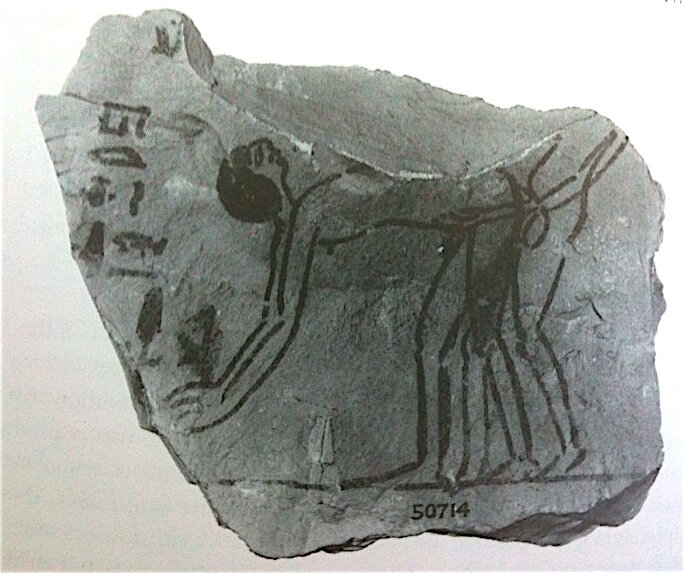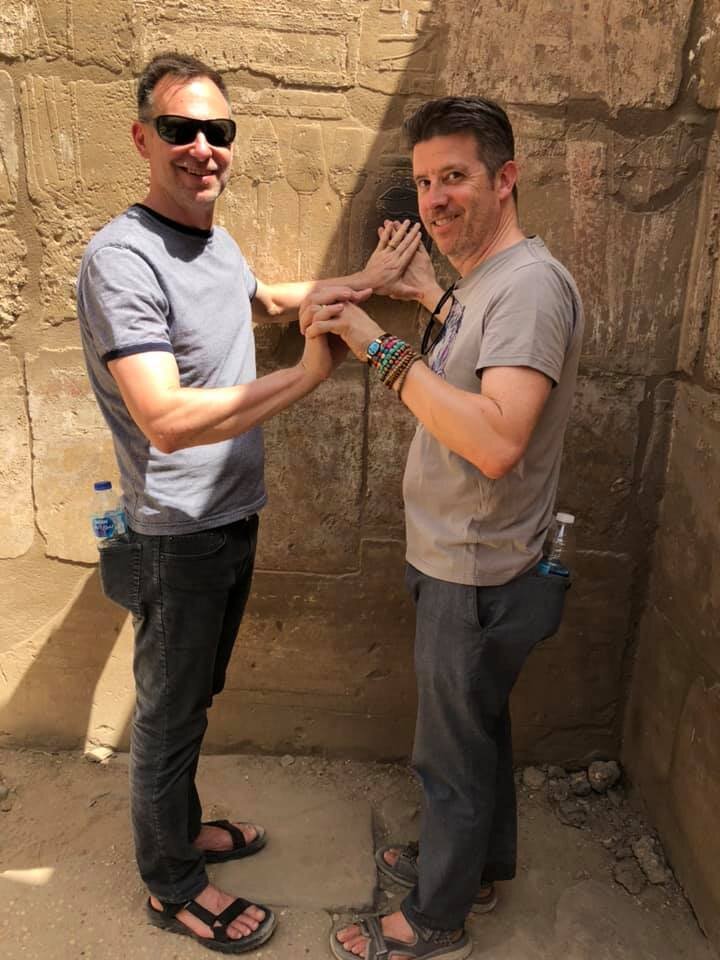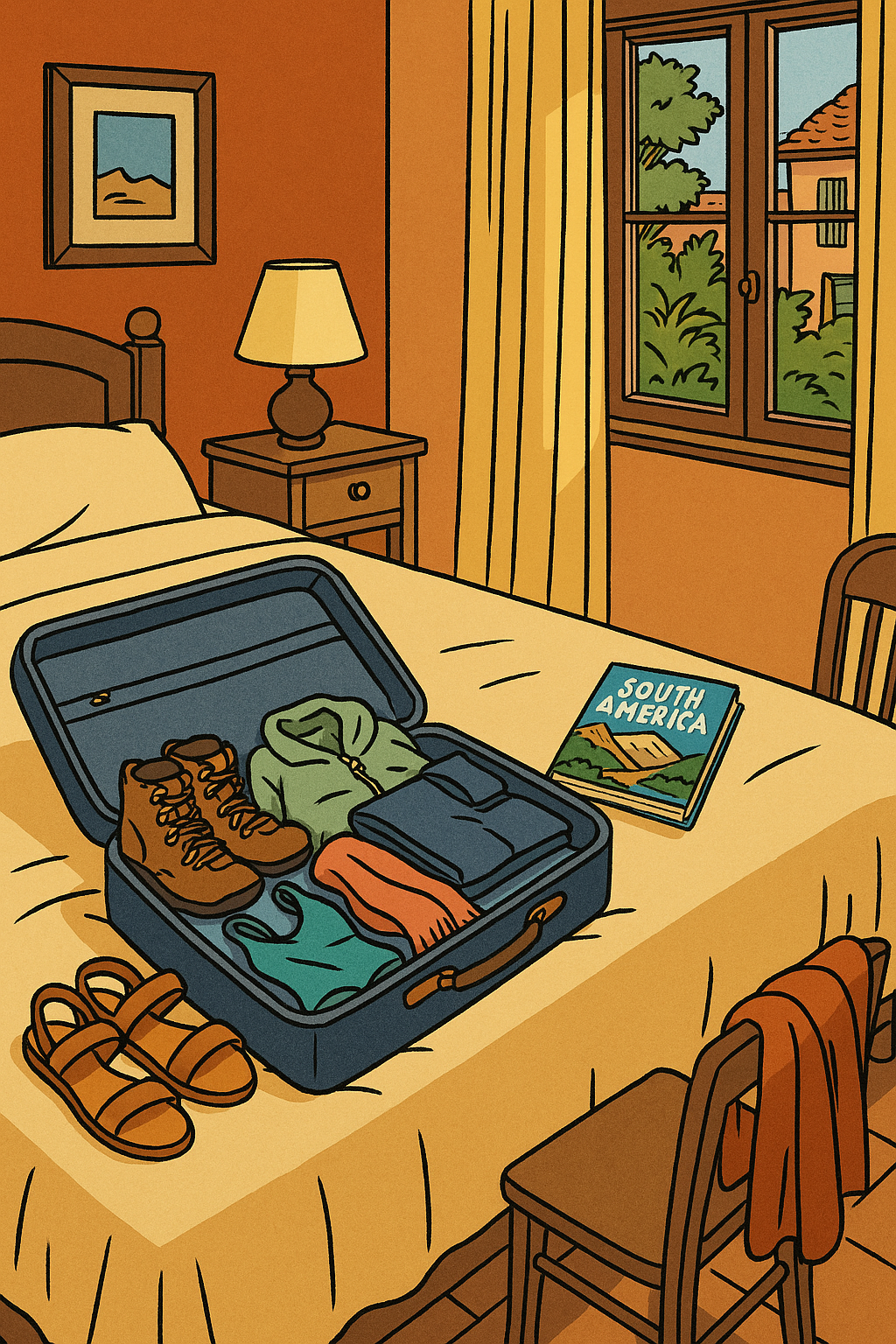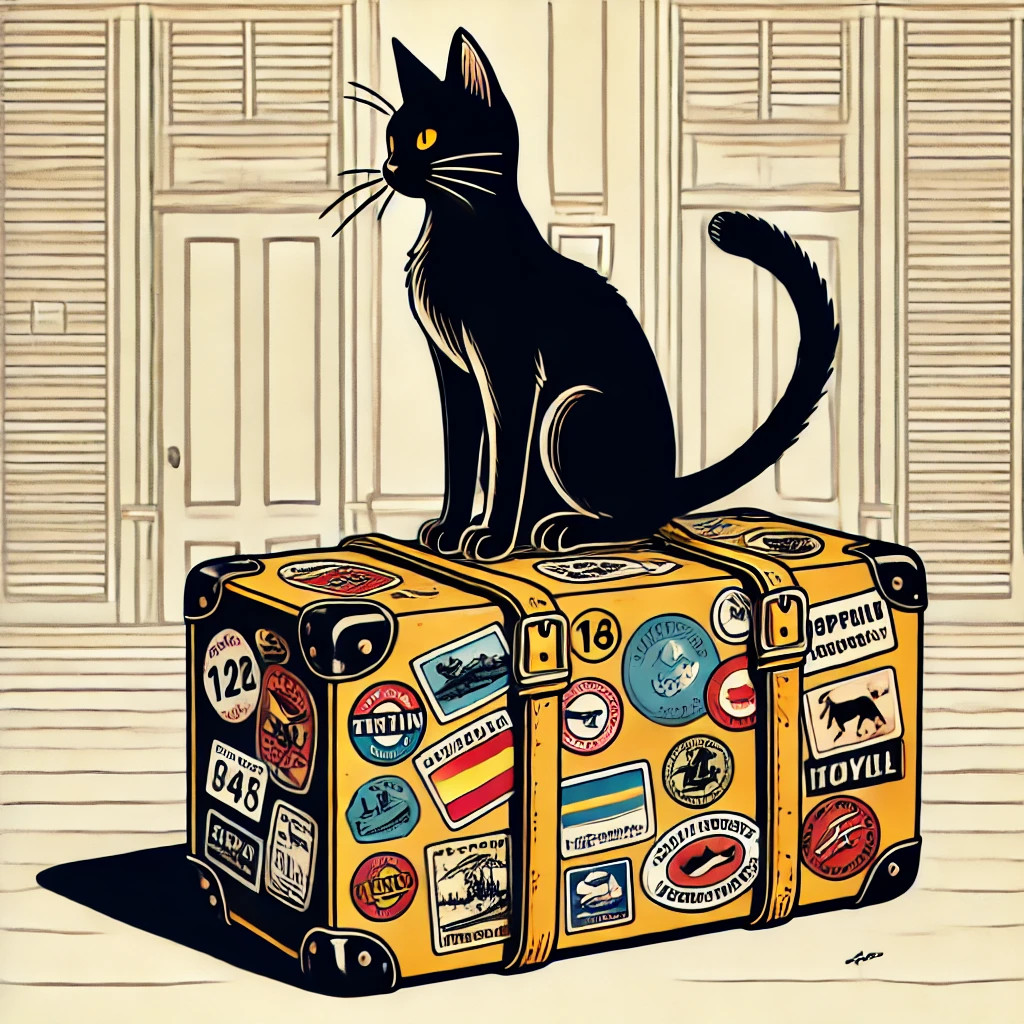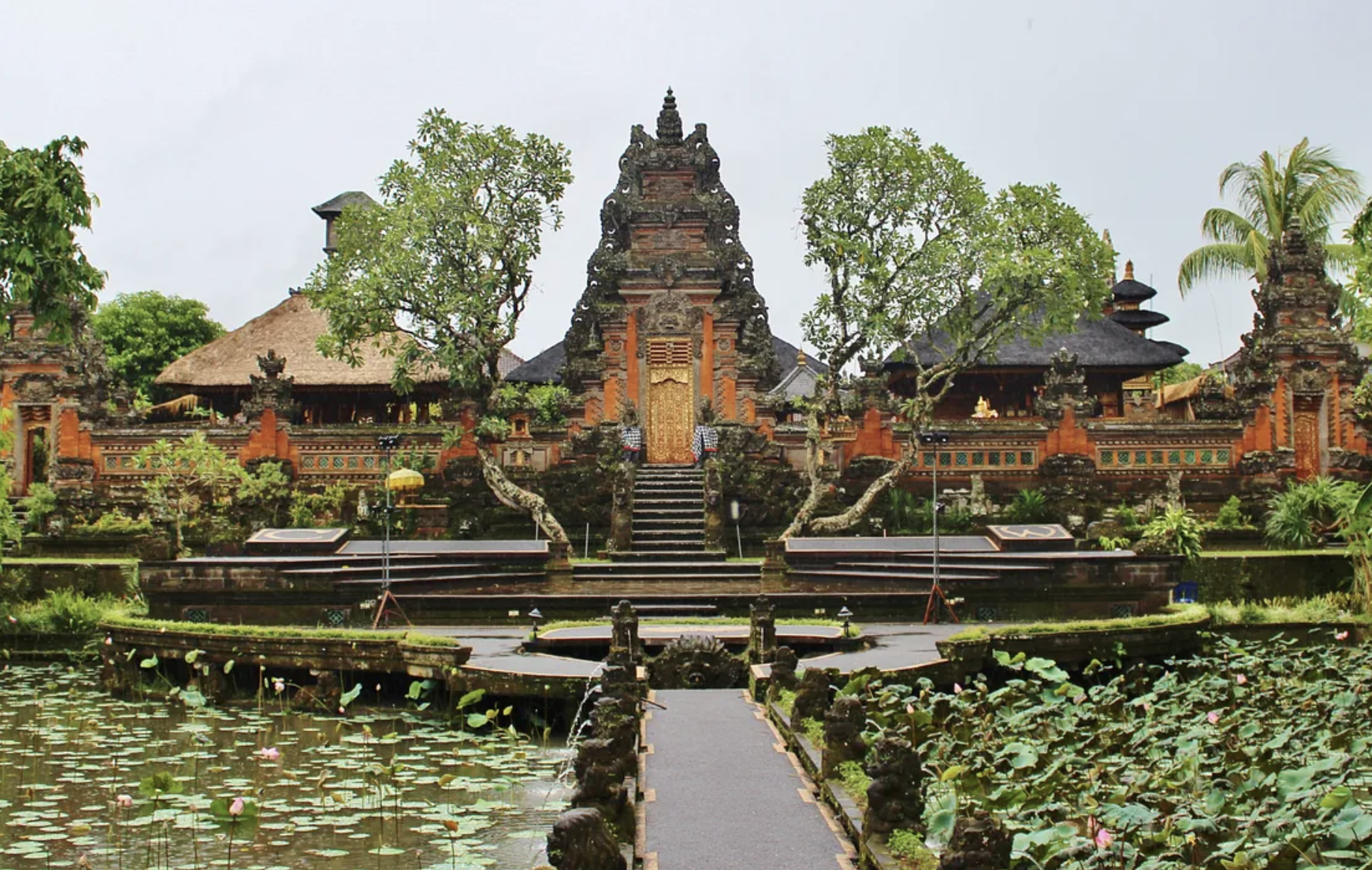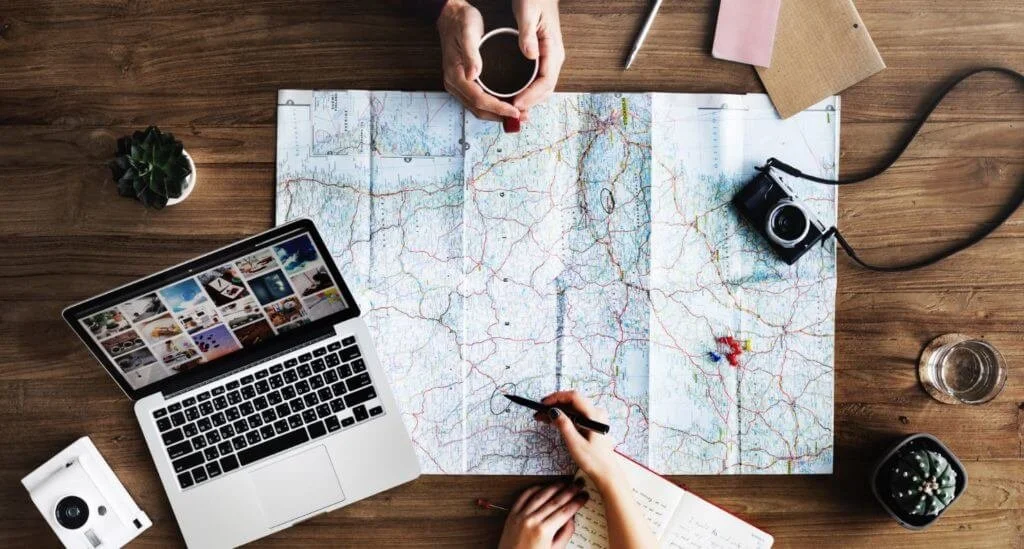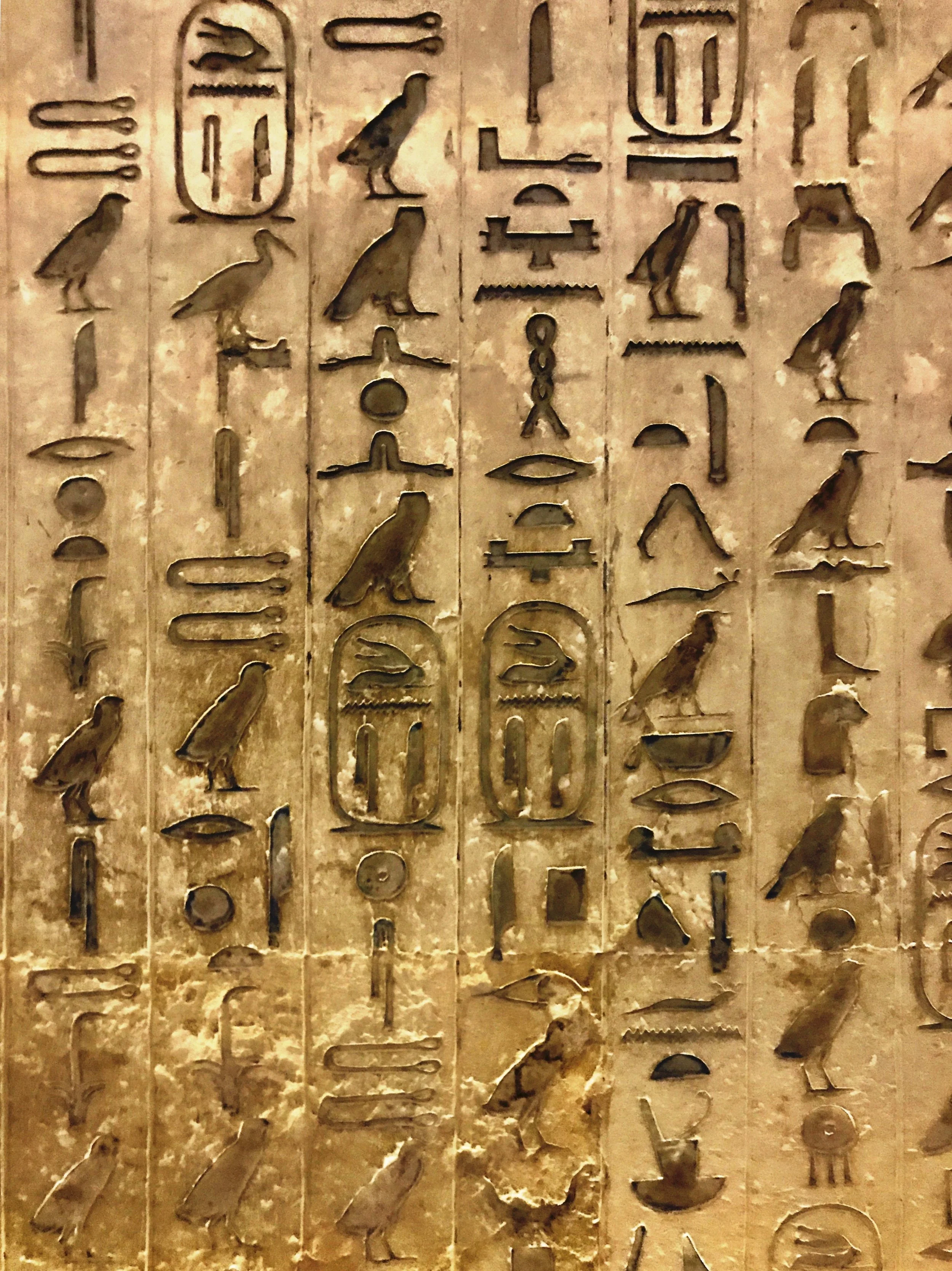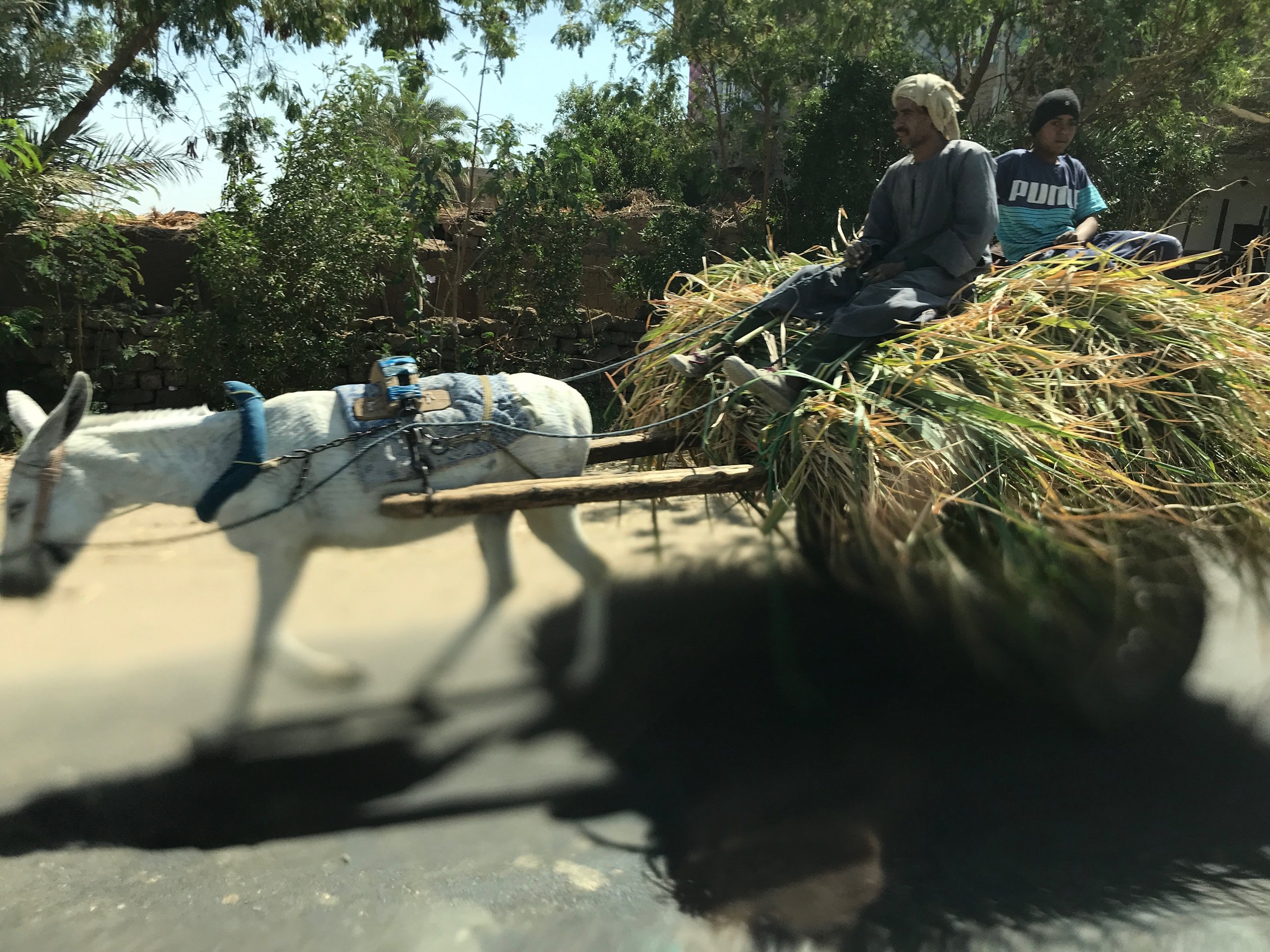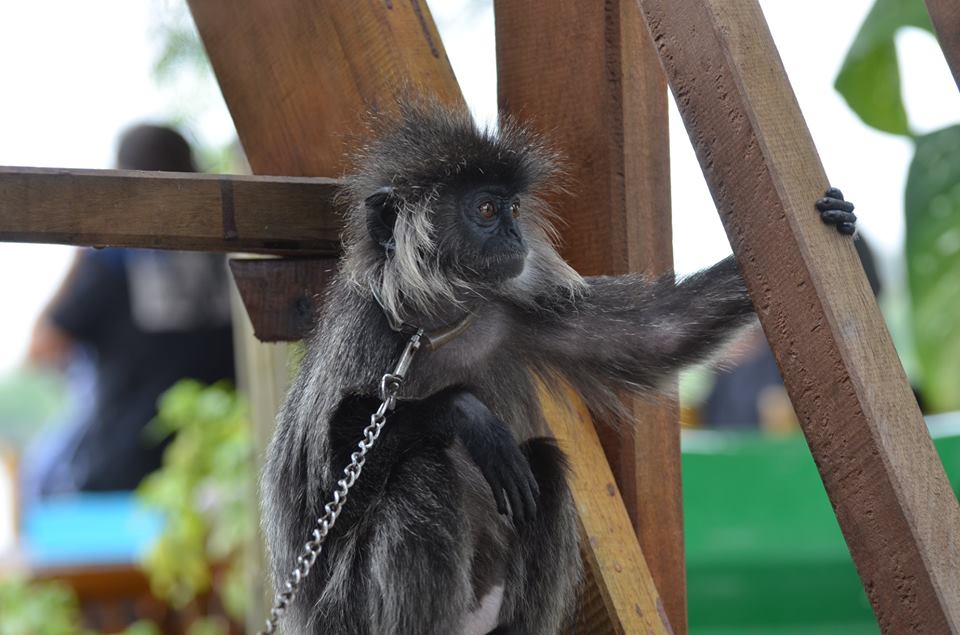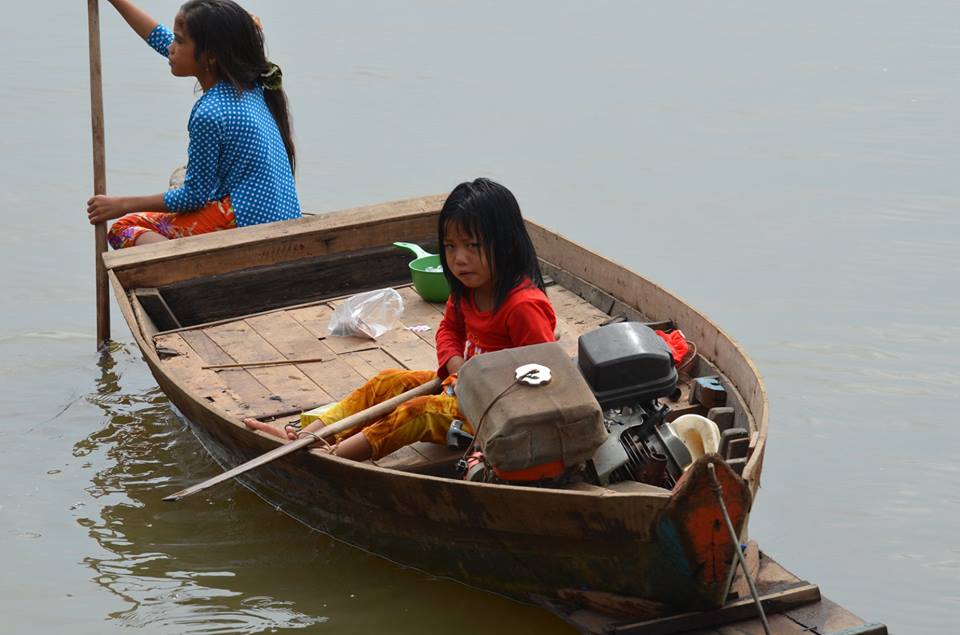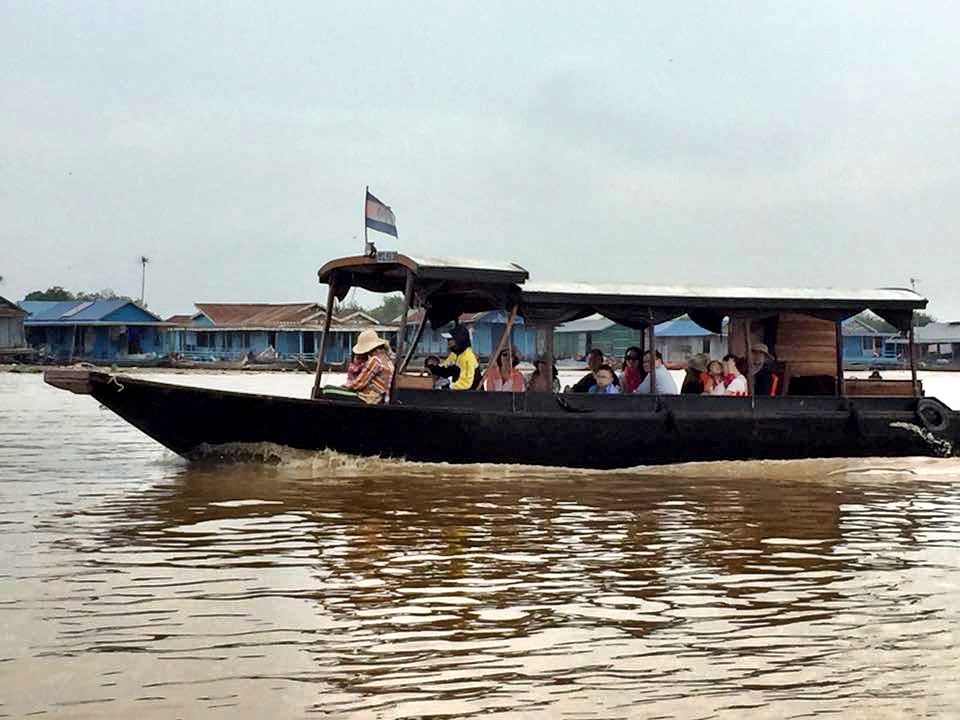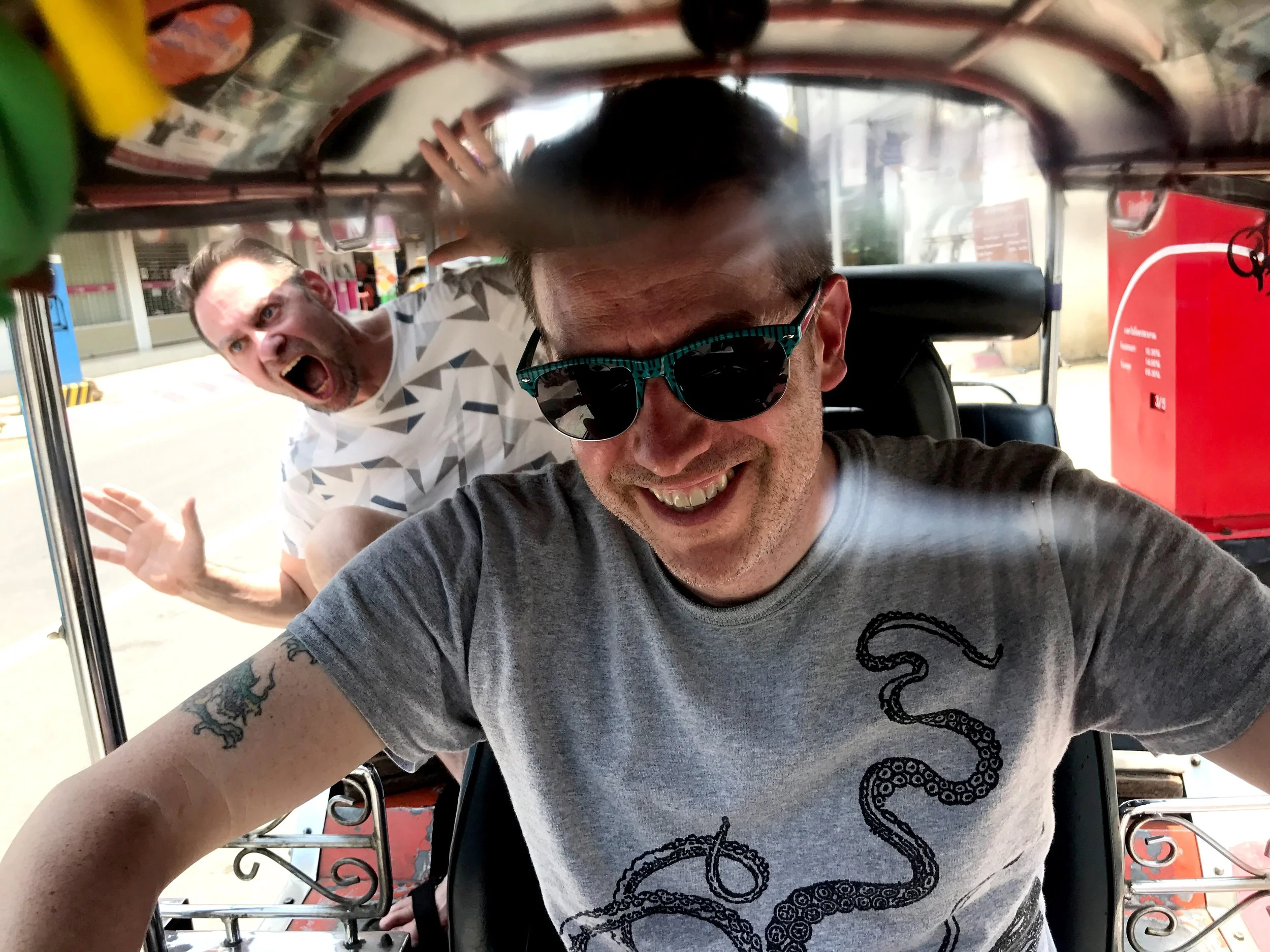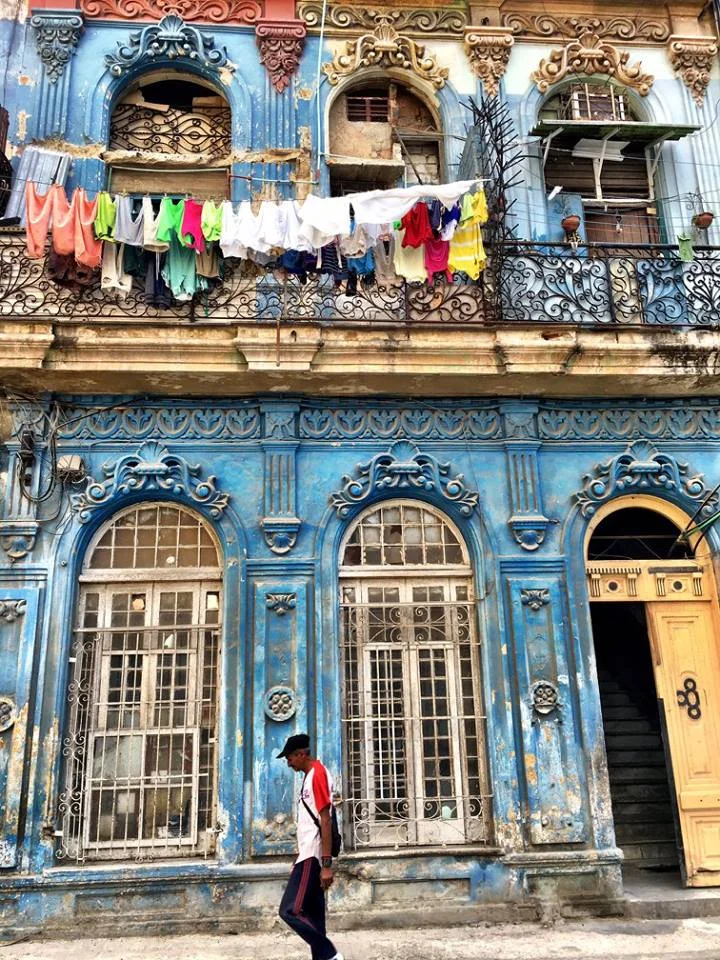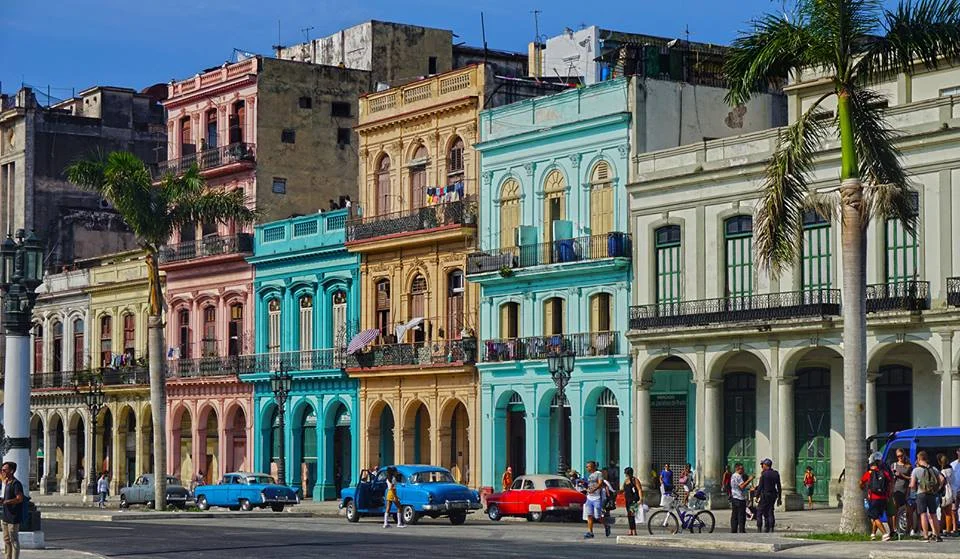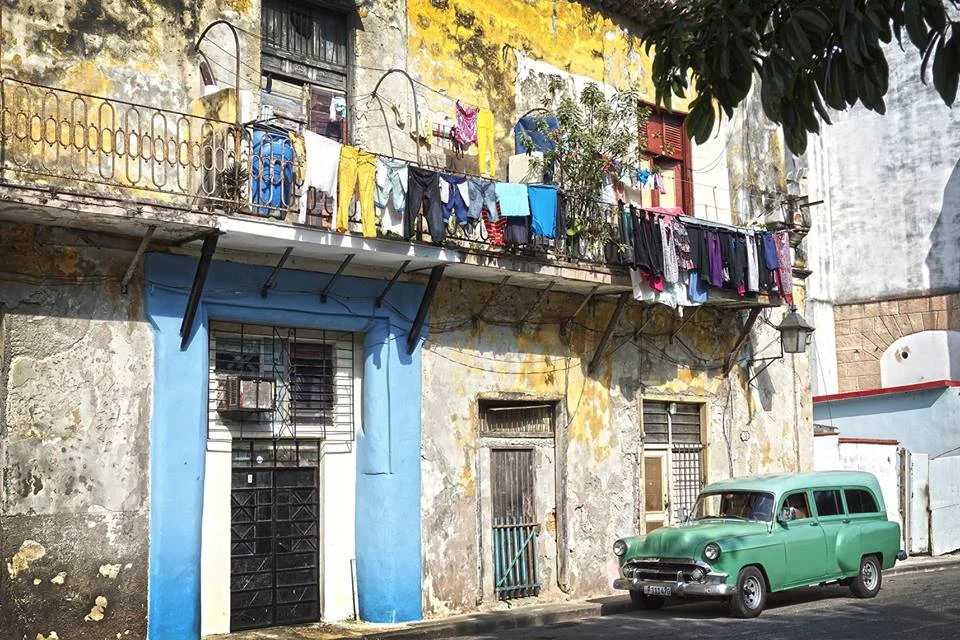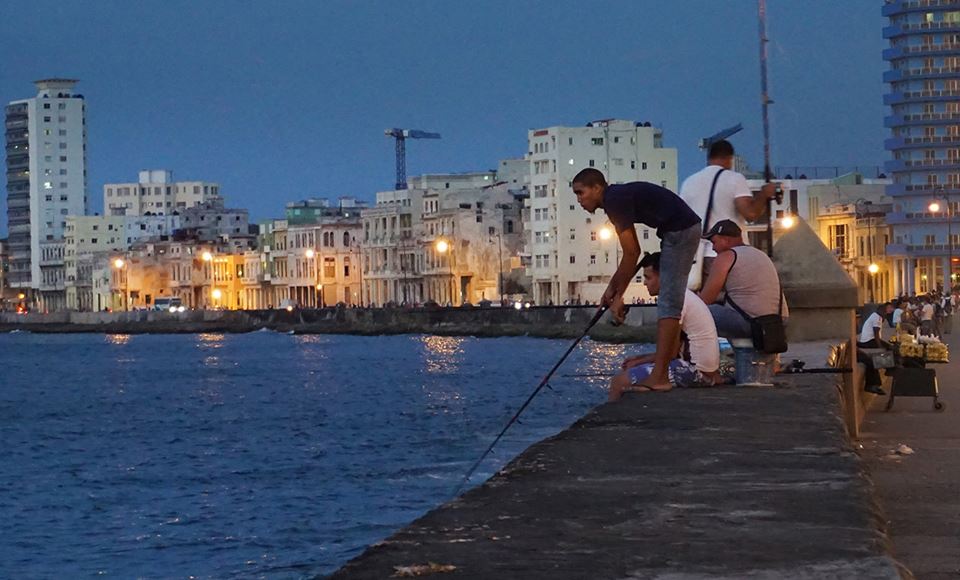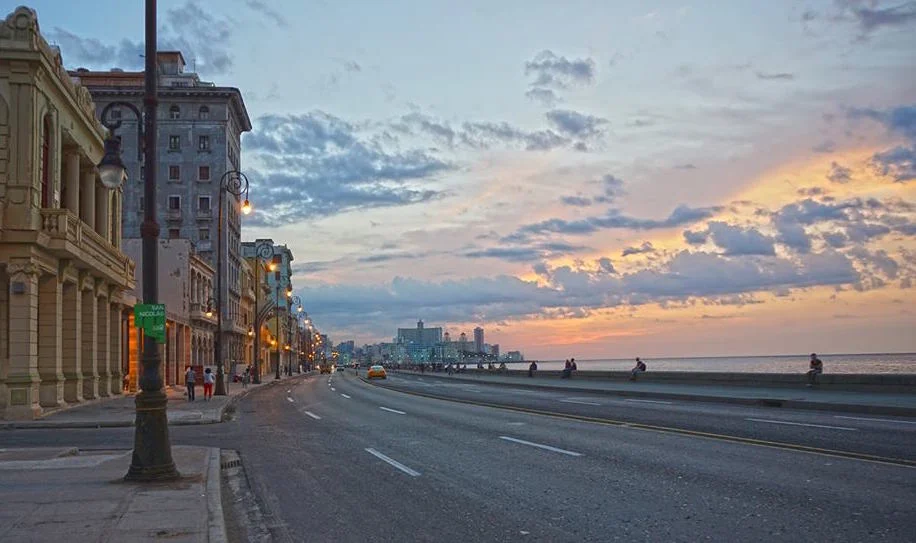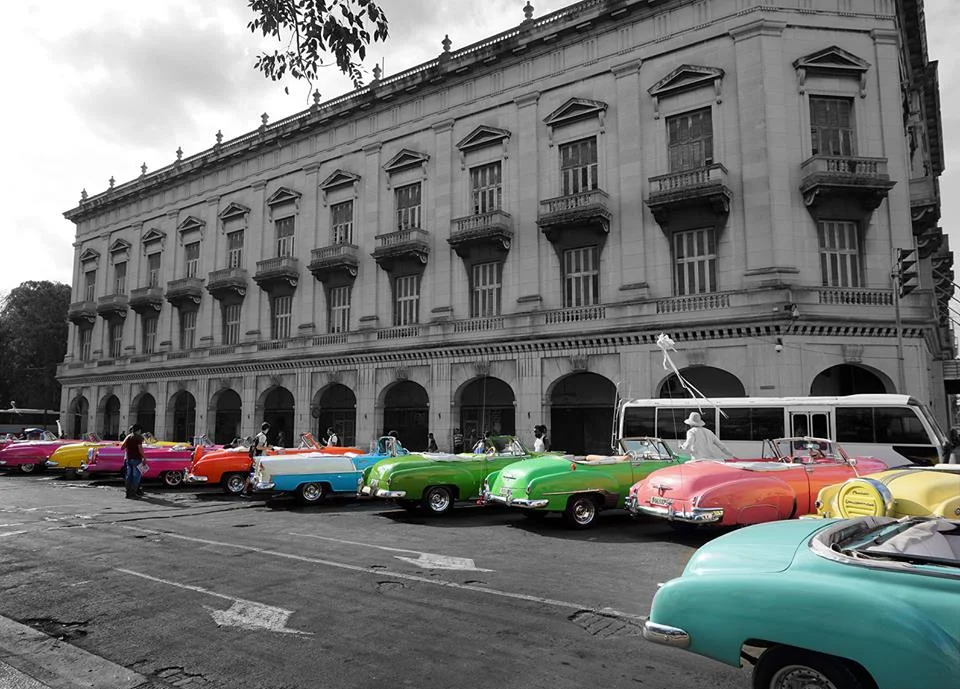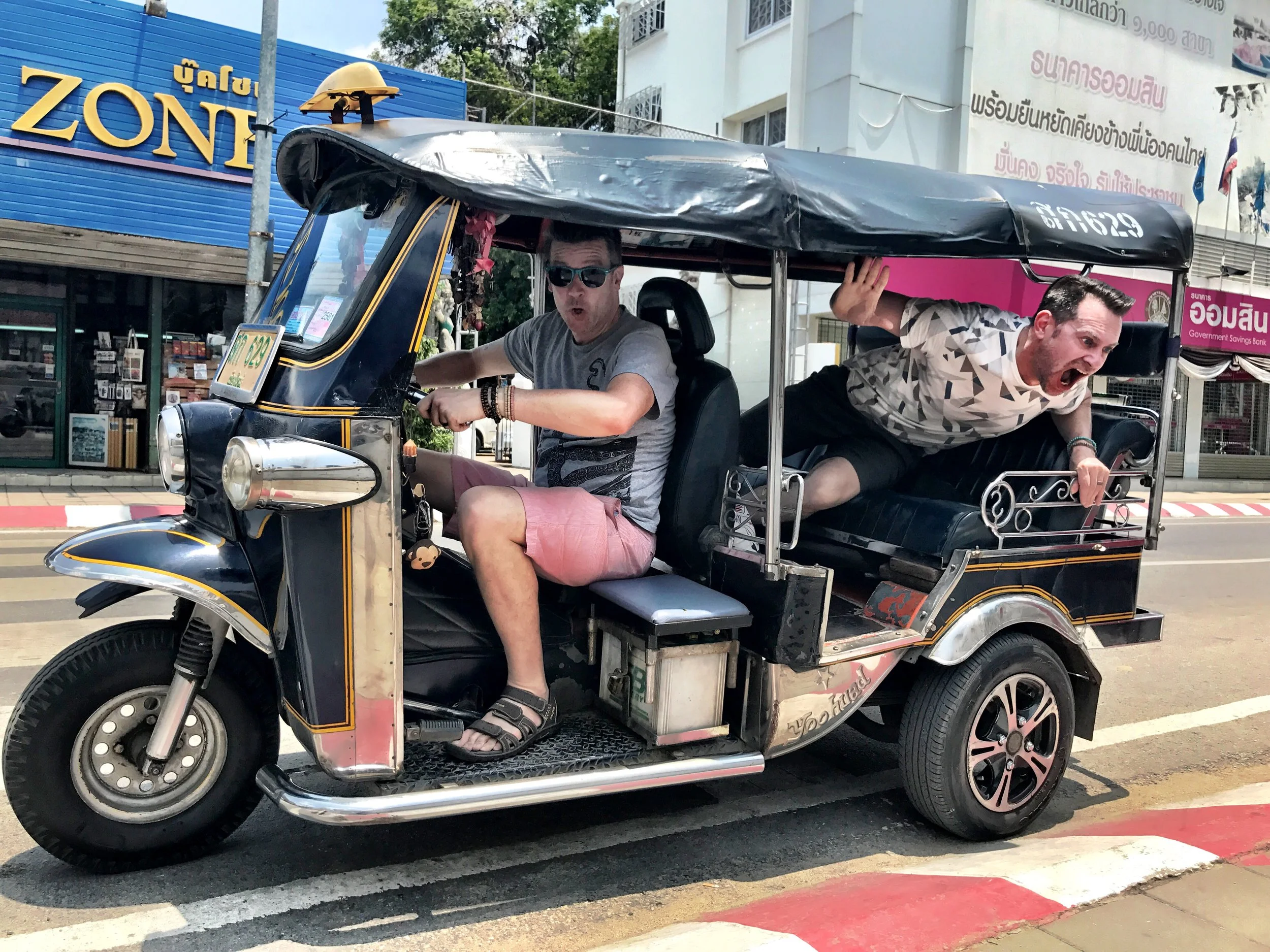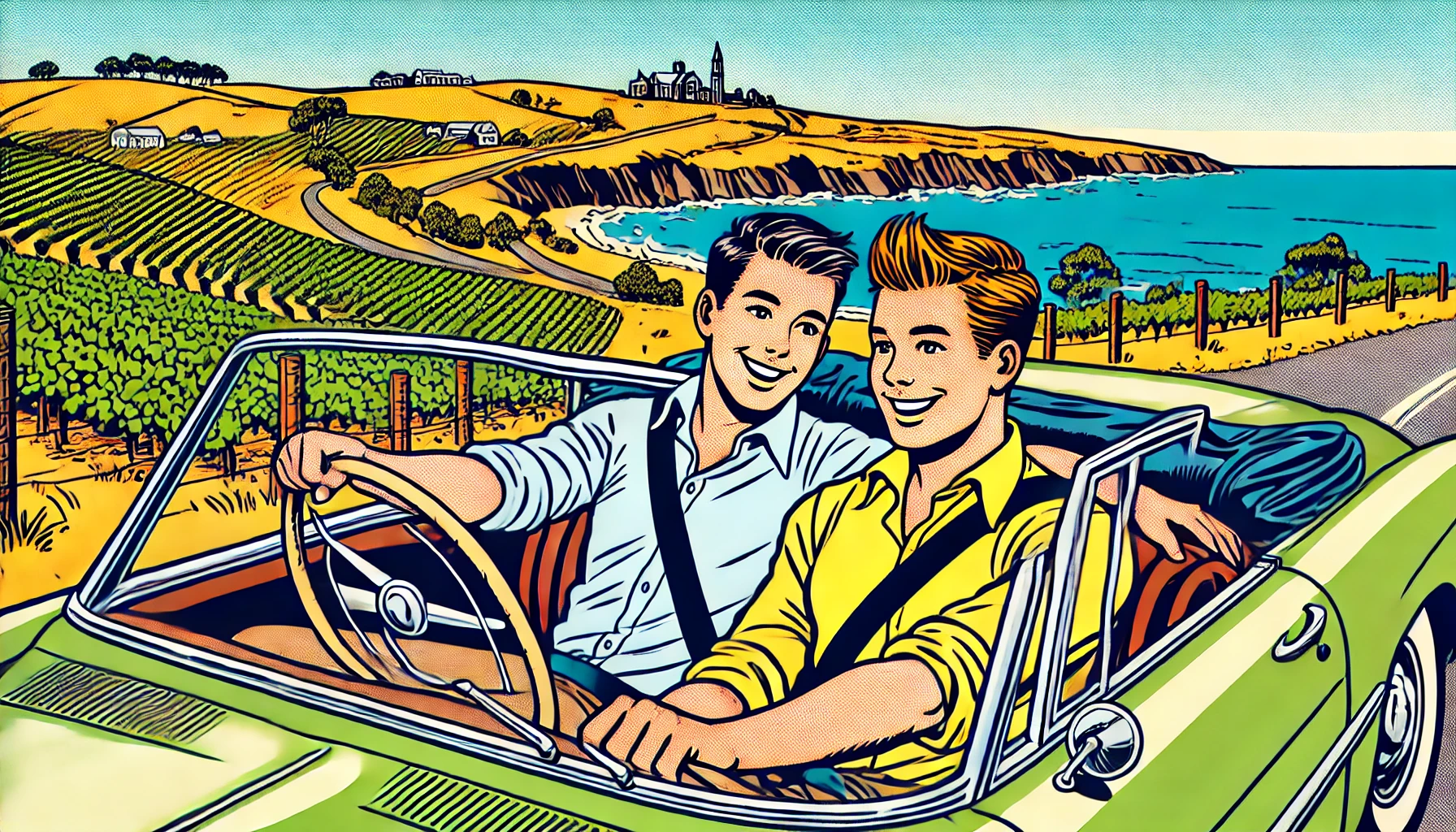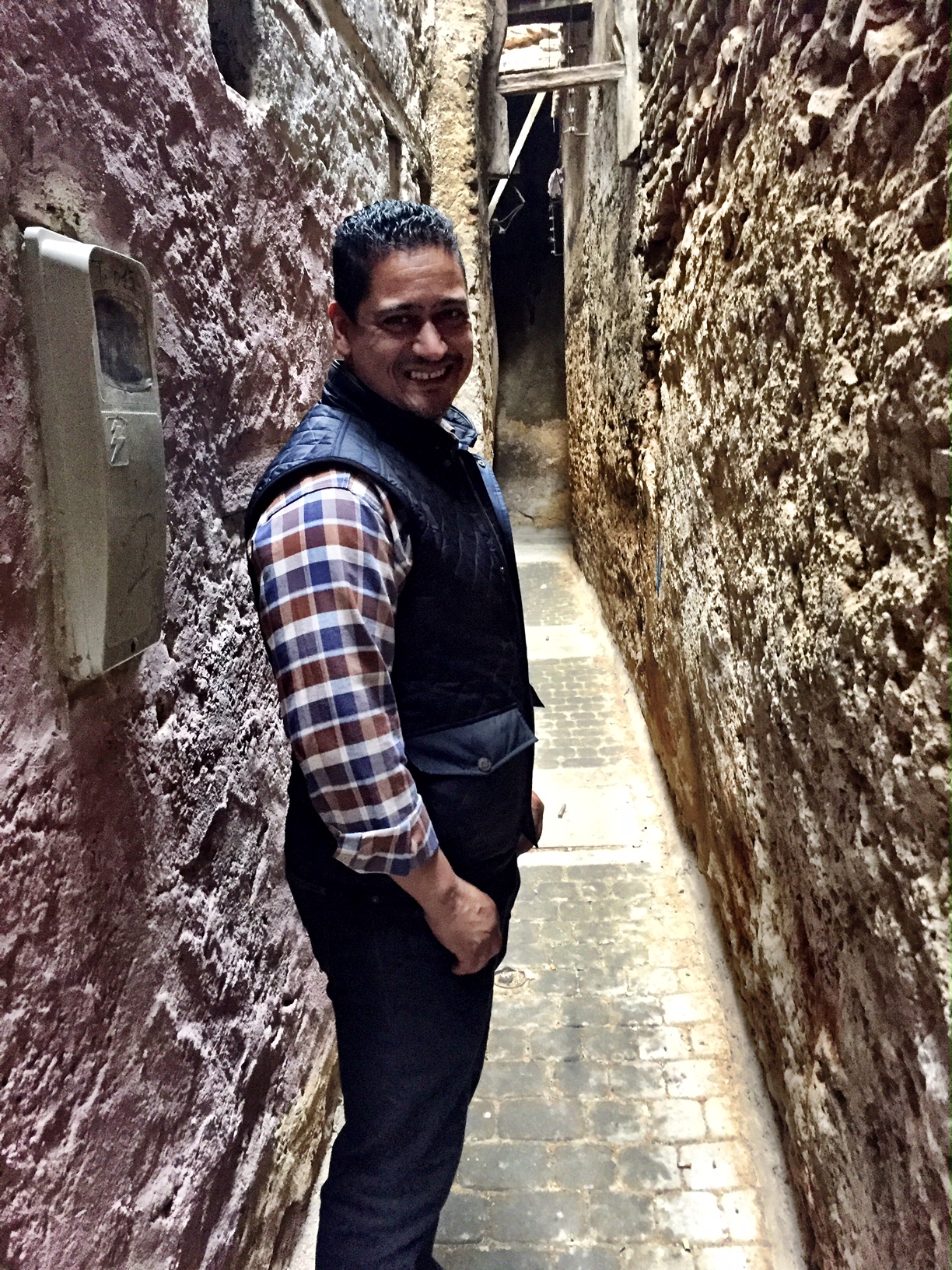What you need to know about public bathrooms, safety — and how to avoid getting thrown into a Mexican prison — before a trip to Oaxaca, Mexico.
If you’re out among other people, Oaxaca is a safe town. The later it gets, and the drunker people get, the higher chance someone might take advantage of them.
We can understand why our friend Kevin moved to Oaxaca and doesn’t have any plans on ever living anywhere else. Everyone, it seems, is an artisan here, creating colorful alebrijes, textiles or pottery. It’s a culinary hotspot, serving up everything from mole to mezcal. And there’s a laidback charm to this city of just over 250,000 — and yet there always seems to be something going on. As Kevin says, every day is a parade in Oaxaca.
In fact, Travel + Leisure magazine readers named Oaxaca as the best city in the world. That’s quite a distinction! (As Duke and I have discovered, Mexico is where it’s at: San Miguel de Allende scored the 2nd spot, while Mexico City came in at number 6.)
“ It is just a good idea to not be so USA about your phone while walking down the street, making love to Google Maps, staring at Facebook, etc. ”
That being said, like any city, Oaxaca dances to its own rhythm, and can be dangerous at times. Before our trip to Oaxcaa, Kevin offered these tips:
Given his smile, you wouldn’t know that Wally had a close call earlier in the day, when he was getting in desperate need of a bathroom. Thank God he had 5 pesos with him!
1. Carry several 5-peso coins with you at all times.
They will be your ticket to enter a public restroom. I have yet to see one that is free unless you are in a restaurant. This goes for pueblos (villages) as well.
Wally’s take: The 5-peso tip is always a good one to follow anywhere in Mexico. You don’t want to need an emergency stop, only to find they won’t let you into a restroom without forking over a lousy 5 pesos (the equivalent of a quarter).
2. Be very careful of the intersections.
Most intersections are what is called “uno a uno” — one by one. That means there is no stoplight, and whoever gets there first goes through. If there is a line of cars entering, it is one by one.
Sure, you won’t be driving, but you will need to cross intersections on foot. Here, pedestrians don’t have the right of way. Stay out of the car’s way.
Most streets are one way, so it is a little easier. But realize that it is legal to park in the opposite direction of traffic. So be very mindful when you look to the right and see a car’s hood pointed toward you that that might not be the real direction of traffic. Look left and right every time.
Wally’s take: We had some difficulty navigating Oaxaca, even though it’s not that big of a city. Read our post about getting around Oaxaca for more tips.
3. Keep your passport on you when traveling outside the city.
In Centro, it is not so necessary. But all it takes is for a cop to pull over a car, do an immigration check, and if someone doesn’t have their passport on them, they can and have detained people until they can prove their tourist status. With the pandemic, the wait time can be weeks or months — and you do not want to go to one of their prisons.
You could keep your driver’s license in your room. You do not need it. A passport is best to carry.
Wally’s take: When we traveled outside the city, we didn’t bother bringing along our passports. But we were either with Kevin or on a guided tour, and felt like they could help deal with any issues if the police became involved for whatever reason.
Maybe you shouldn’t take a selfie like this in Oaxaca. But Duke and Wally can’t help but stop to take a picture of street art like this.
4. Be mindful of your phone and do not wear expensive jewelry.
Tourists have been mugged for their phones in broad daylight in Centro. It is just a good idea to not be so USA about your phone while walking down the street, making love to Google Maps, staring at Facebook, etc. Pretend you are in France or Spain, where pickpocketing is normal.
Just like this street art says: No More Violence!
Here they will hold you up at gunpoint or with a knife and rob you. Is it common? No. Does it happen? Yes. Some people bring a second phone from home and pop in a SIM card here for very cheap. That way if it gets stolen, you have your master phone in your room.
Wally’s take: As for having our phones out in Centro, just try to stop me and Duke from taking photos every block or two.
If you’re out late at night, play it safe and call a cab.
5. Take a taxi at night.
Yes, it’s usually safe. But again: Be very aware of your surroundings. If you’re walking through Centro at 1 a.m. after drinking, it’s best to take a cab.
Wally’s take: We weren’t out late at night (we’re getting too old for that nonsense), but we did hear about people getting mugged coming from the bars late at night.
That being said, you’ll most likely find Oaxaca to be a safe and friendly city. But it never hurts to play it safe. Discover why it was voted best city in the world. ¡Disfruten! Enjoy yourselves! –Wally
Follow these tips and you’ll have as great a time in Oaxaca as Duke did.
















